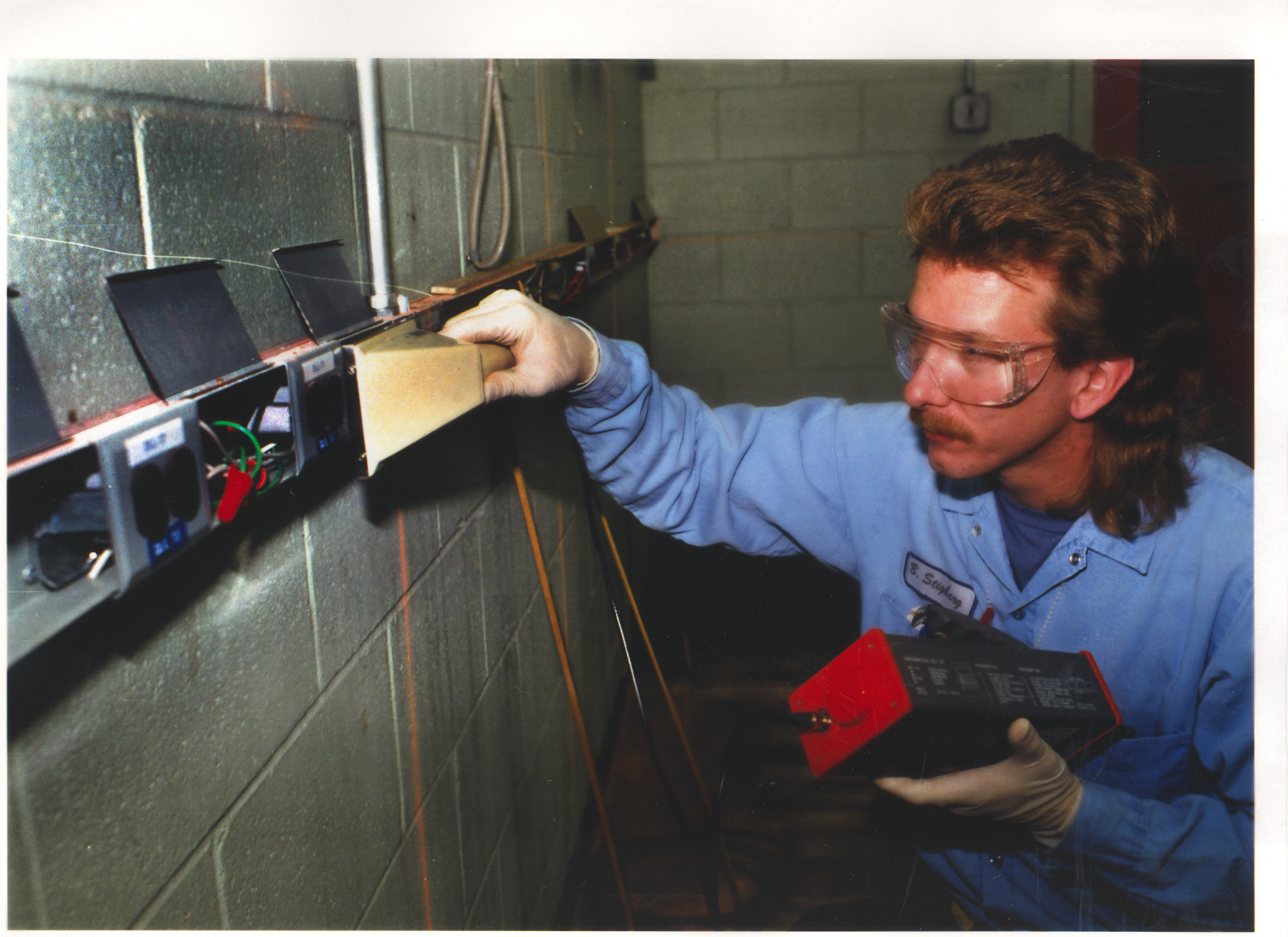The decommissioning of 61 plutonium gloveboxes in nine laboratories located in Building 212 of Argonne National Laboratory started in 1992 and was completed in 1996.
The gloveboxes had been used from the early 1960s to1989 for research on nuclear reactor fuel development and for determination of properties of actinide metals. The decommissioning was to eliminate the risk of release of plutonium from the contaminated glovebox systems and to make the building space available for beneficial use. The project objectives were to remove the plutonium glovebox systems, decontaminate the laboratories to meet unrestricted use criteria, and dispose of the resulting radioactive waste. Both Argonne employees and contractor services were used to perform the project.
The work started in November 1992 and the final radiological survey was completed in January 1996. The duration of the physical work was 39 months. Contractor equipment and services for the active-passive neutron assay of the gloveboxes, after they had been emptied and decontaminated, was important in providing assurance of proper radioactive waste classification. A total of 229 GBq (61.9 curies) of radioactive waste was placed into 301 waste packages. The total volume of radioactive waste was 144.4 cubic meters (5,157 cubic feet) weighing 54.2 metric tons (59.8 tons). Low-level radioactive waste was shipped to the Department of Energy (DOE) Hanford Site for waste disposal. Transuranic waste and mixed transuranic waste was placed in Argonne on-site storage facilities.
The nine plutonium glovebox laboratories and associated interior corridors were surveyed following removal of the glovebox systems. The Argonne Environmental, Safety, and Health Physics final radiological survey and a DOE verification survey provided reports supporting unrestricted use of the facilities, and the nine emptied laboratories were released by the DOE for unrestricted use.
The collective radiation dose to project personnel was 12.6 person-mSv (1.26 person-rem) about 29% of the collective dose forecasted at the start of the project. The total project cost was $6.9 million and was funded by DOE.
